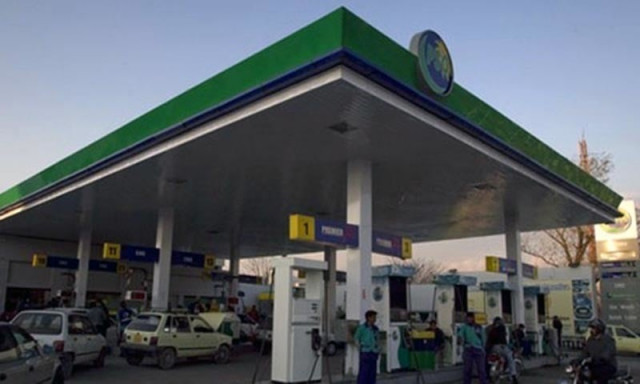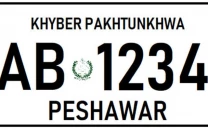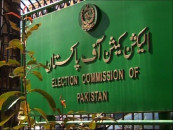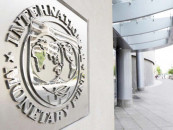Abandoned by world, low-grade petrol runs Pakistan
Minister pleads for producing, importing better quality fuel

PHOTO: REUTERS
The problem lies in the fuel. The standard petrol used by the majority of Pakistanis is of such low grade that it is only consumed in Somalia in the world.
This startling disclosure was made by Petroleum Minister Shahid Khaqan Abbasi in a recent meeting of the Economic Coordination Committee (ECC), the country’s highest economic decision-making body.
Quality of petrol is measured in the amount of octane, normally indexed as the Research Octane Number (RON). In simple terms, the higher the octane number, the higher the performance of gasoline engines. Use of low-octane petrol leads to engine knocking.
While fuel pumps across Pakistan continue to sell RON 87 petrol as the standard, the world moved ahead years ago with almost all countries now running at least on RON 92 petrol. Modern automobiles, especially those with super-charged engines, are designed to operate on RON 92 or even higher rated gasoline. The high octane blending content (HOBC) sold in Pakistan is RON 97.
Officials say the Pakistani refineries produce poor quality petrol and the same quality is imported by the state-run Pakistan State Oil (PSO). International oil suppliers, they allege, export poor quality petrol to only Pakistan and Somalia and this is the reason the vehicles give low mileage and are inefficient.

According to the minutes of the ECC meeting, the petroleum minister said Pakistan needed to improve the quality and standard of the petroleum products being produced by local refineries and also the ones imported by oil marketing companies.
Keeping in view the low international oil prices, he believed it was the right time now for local refineries to switch over from producing RON 87 to higher grade RON 92 premium motor gasoline. This will help with lower emissions and better engine health while improving the experience of the customers, Abbasi claimed.
The price difference between RON 87 and RON 92 petrol comes to about Rs2.74 per litre. However, the actual import cost and the price difference may vary from time to time according to the fluctuations in international oil prices.
The minister said a number of options were under consideration to improve the quality of locally produced petrol since refineries require substantial investment to acquire technology to produce RON 92.
He also suggested the import of gasoline below RON 92 should be stopped from the next PSO import tender cycle and proposed chalking out a two-year timeline for Attock Refinery to make necessary arrangements for local production of RON 92.
After detailed discussions, the ECC accepted the minister’s suggestion to stop the import of petrol below RON 92 from the next import cycle and allowed the oil marketing companies to import RON 92 petrol under the existing regulated environment.
The refineries, the ECC decided, will produce RON 90 gasoline. The Attock Refinery was exempted from the condition for two years and would continue producing the RON 87 till it reduces its surplus naptha production.
The pricing and import of RON 95/97 (HOBC) shall be fully deregulated for all refineries and oil marketing companies. The Oil and Gas Regulatory Authority will monitor the selling price of RON 92 petrol as it does for the currently available RON 87 gasoline.
Published in The Express Tribune, September 13th, 2016.



















COMMENTS
Comments are moderated and generally will be posted if they are on-topic and not abusive.
For more information, please see our Comments FAQ